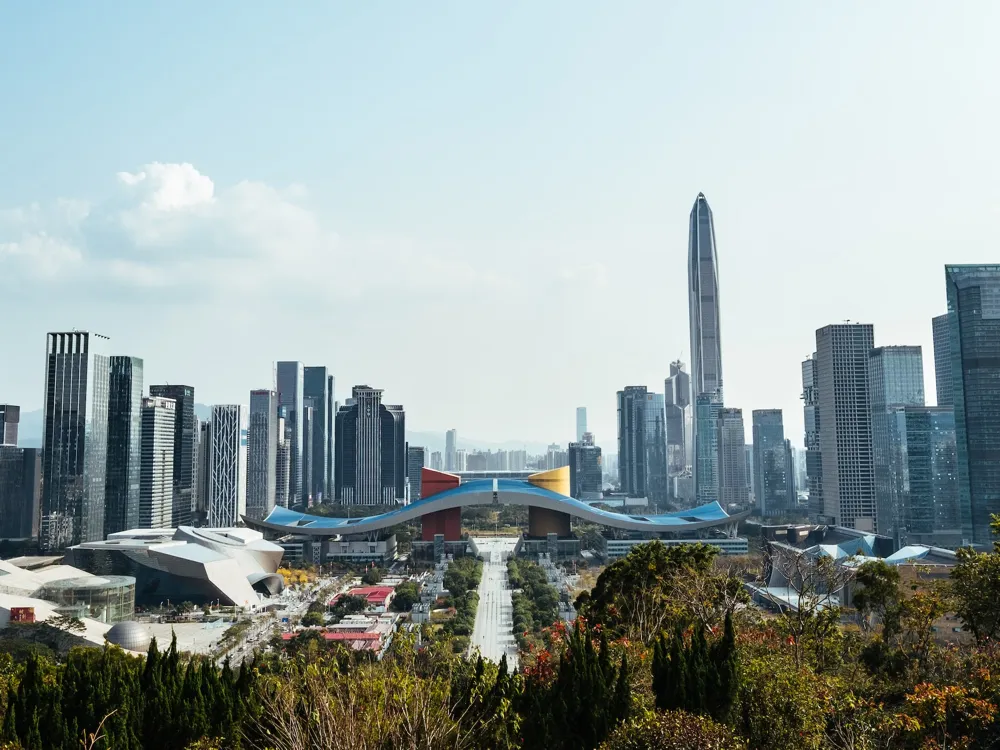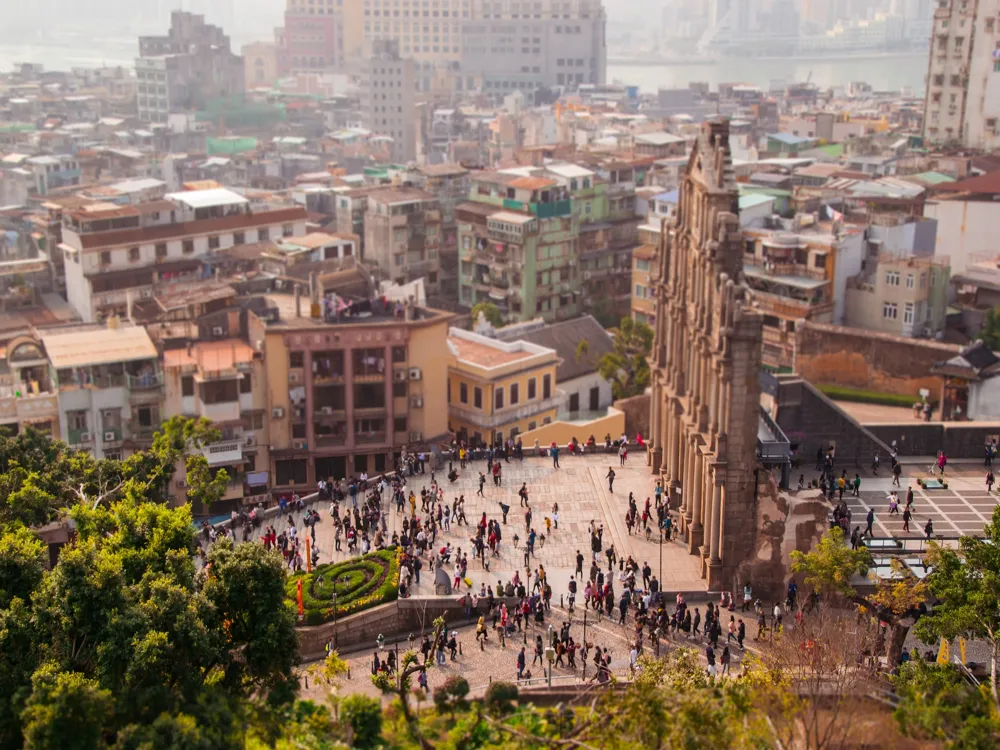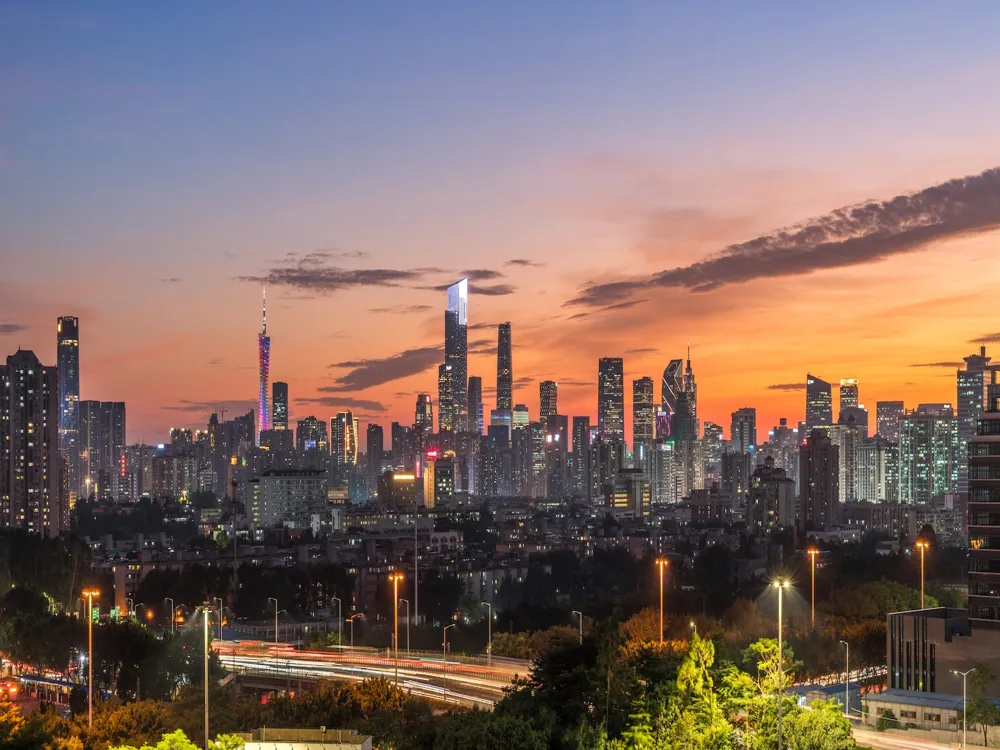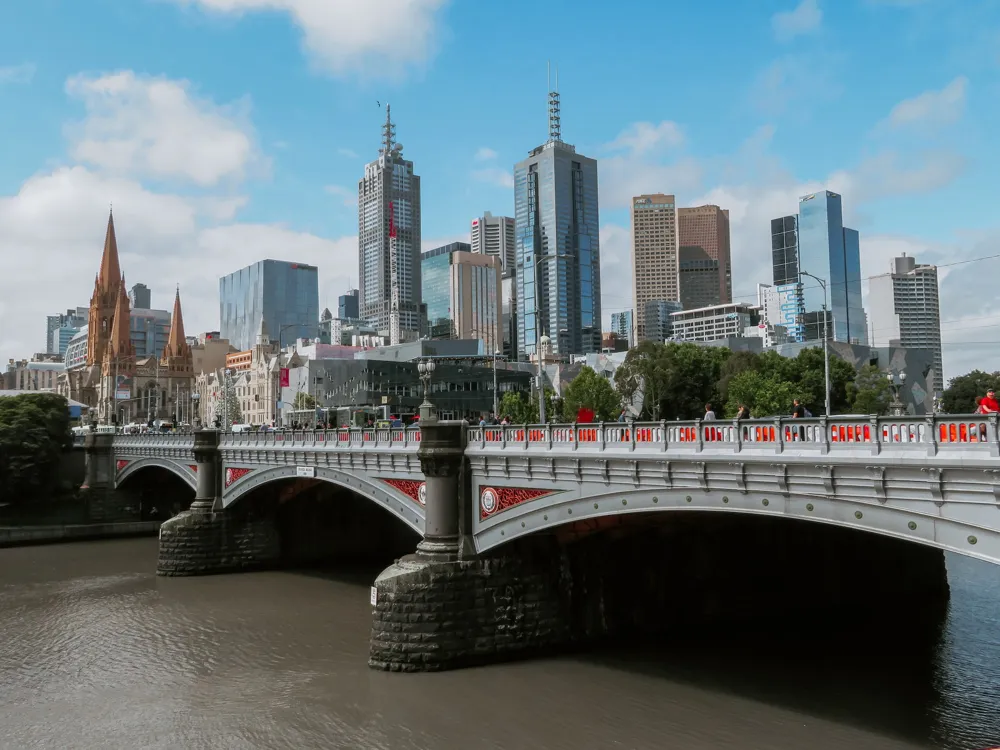Hong Kong, a vibrant city on the southern coast of China, is renowned for its striking skyline, deep natural harbor, and bustling urban life. This autonomous territory blends modernity with traditional Chinese elements, creating a unique cultural tapestry. Hong Kong's history as a British colony and its return to China in 1997 have shaped its distinct identity, marked by a diverse population, a robust economy, and a dynamic cultural scene. The city's landscape is a testament to its rapid development, with towering skyscrapers and state-of-the-art facilities coexisting alongside historic temples and colonial architecture. Hong Kong's economic prowess is evident in its status as a global financial center, with a significant influence on international trade and business. The city's cuisine, a fusion of Eastern and Western flavors, offers a culinary journey that reflects its multicultural heritage. Hong Kong's commitment to innovation and sustainability is evident in its ambitious infrastructure projects and green initiatives, aiming to balance urban growth with environmental responsibility. The city's efficient public transportation system, including the iconic Star Ferry and the Mass Transit Railway (MTR), provides seamless connectivity across its diverse neighborhoods. From the bustling streets of Mong Kok to the serene beauty of Lantau Island, Hong Kong offers a myriad of experiences for residents and visitors alike. The architecture of Hong Kong is a fascinating blend of traditional Chinese elements and modern design, creating a unique skyline that is instantly recognizable worldwide. The city's architectural landscape has evolved over the years, influenced by its colonial past and its role as a global financial hub. Notable for its high-density living spaces, Hong Kong has some of the tallest residential buildings in the world. These towering structures are designed to maximize space in a city where land is at a premium. The use of innovative design and technology is evident in these skyscrapers, many of which are equipped with state-of-the-art facilities and sustainable features. Beyond its modern skyscrapers, Hong Kong's architecture also includes historical buildings that tell the story of its colonial past. From the neoclassical Central Police Station to the Victorian-era Hong Kong Post Office, these structures offer a glimpse into the city's history. Traditional Chinese architecture is also prominent, with historic temples and ancestral halls dotting the landscape, showcasing intricate designs and craftsmanship. The city's commitment to sustainable and green architecture is evident in its numerous eco-friendly buildings and public spaces. These include innovative designs that incorporate natural ventilation, energy-efficient systems, and green roofs. The integration of urban development with nature is a key aspect of Hong Kong's architectural vision, aiming to create a harmonious balance between the built environment and the natural world. Spring (March to May) and autumn (September to November) are the best seasons to visit Hong Kong, offering pleasant weather with fewer tourists. Avoid the hot and humid summer months and the unpredictable weather during typhoon season. Utilize Hong Kong's efficient public transportation system, including the MTR, buses, and ferries. Consider purchasing an Octopus Card for convenient payment across different modes of transport. Respect local customs and traditions. Avoid loud conversations in public places, and always ask permission before taking photographs of people or religious sites. Explore the diverse culinary scene, from street food to high-end restaurants. Try local specialties like dim sum, wonton noodles, and egg tarts. Be mindful of dietary restrictions and allergies when sampling new dishes. Stay hydrated and protect yourself from the sun. Be aware of your belongings in crowded areas and use licensed taxis for safe transportation. Familiarize yourself with local emergency numbers and healthcare facilities. Hong Kong is easily accessible by air, with the Hong Kong International Airport serving as a major aviation hub connecting the city to destinations worldwide. Direct flights from major cities across the globe make it convenient for international travelers to reach Hong Kong. For those in mainland China or nearby regions, high-speed trains and ferries offer alternative modes of transportation. The Guangzhou-Shenzhen-Hong Kong Express Rail Link provides a fast and comfortable journey to Hong Kong from major cities in mainland China. Additionally, regular ferry services connect Hong Kong with Macau and various cities in the Pearl River Delta. Upon arrival, visitors can take advantage of Hong Kong's efficient public transportation system to navigate the city. The Airport Express train offers a quick and convenient way to reach the city center, while taxis and buses are readily available for those preferring more personalized travel options. Read More:Overview of China Hong Kong City
The architecture of China Hong Kong City
Tips When Visiting China Hong Kong City
Best Time to Visit
Local Transportation
Cultural Etiquette
Food and Dining
Safety and Health
How To Reach China Hong Kong City
China Hong Kong City
Hong Kong
NaN onwards
View hong-kong Packages
Weather :
Tags : Shopping
Timings : Monday to Saturday - 8:00 AM to 8:00 PM
Sunday - 10:30 AM to 8:00 PM
Planning a Trip? Ask Your Question
Hong-kong Travel Packages
View All Packages For Hong-kong
Top Hotel Collections for Hong-kong

Private Pool

Luxury Hotels

5-Star Hotels

Pet Friendly
Top Hotels Near Hong-kong
Other Top Ranking Places In Hong-kong
View All Places To Visit In hong-kong
View hong-kong Packages
Weather :
Tags : Shopping
Timings : Monday to Saturday - 8:00 AM to 8:00 PM
Sunday - 10:30 AM to 8:00 PM
Planning a Trip? Ask Your Question
Hong-kong Travel Packages
View All Packages For Hong-kong
Top Hotel Collections for Hong-kong

Private Pool

Luxury Hotels

5-Star Hotels

Pet Friendly


















